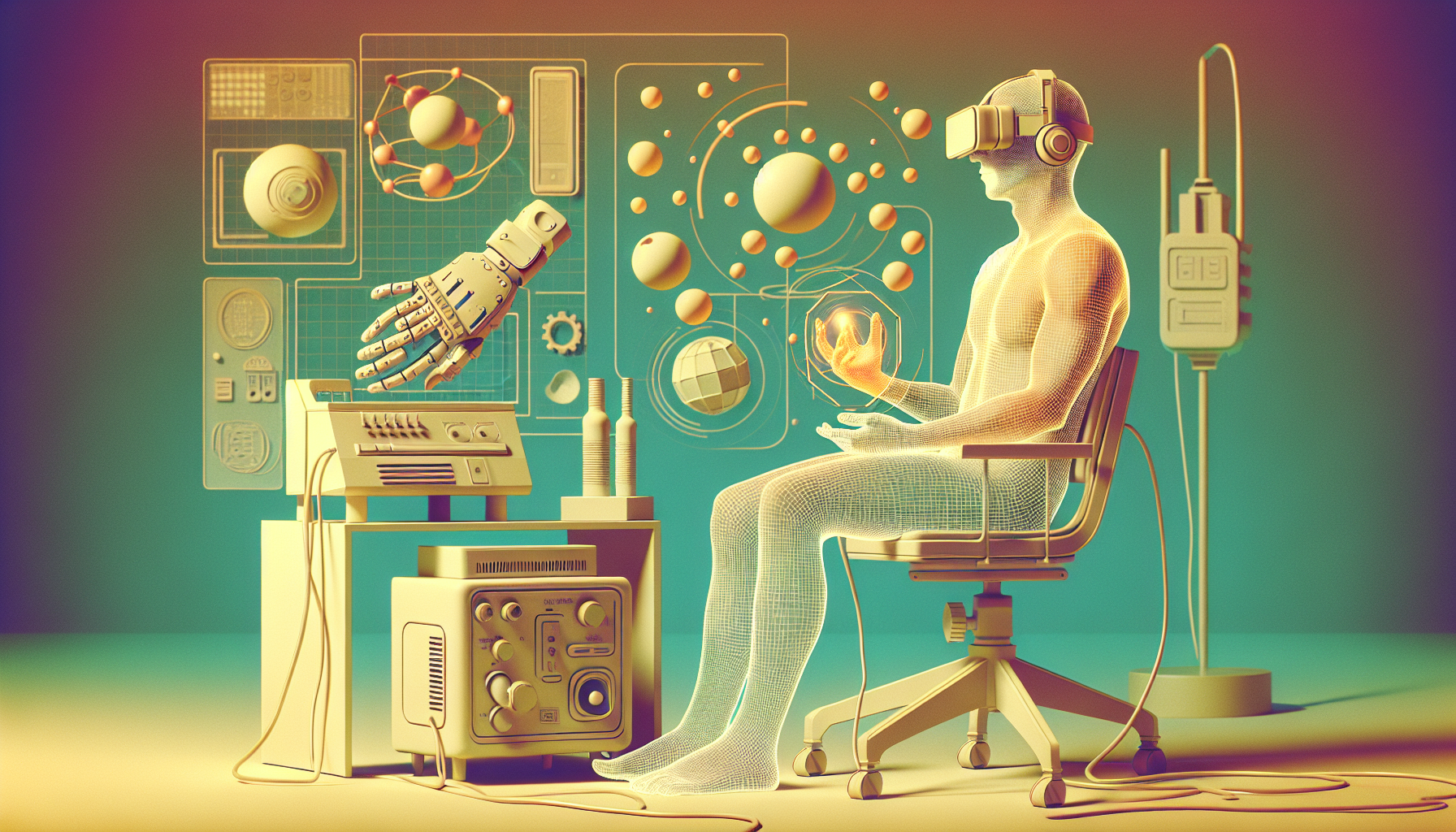In a remarkable stride within wearable technology, scientists at the Max Planck Institute for Intelligent Systems (MPI-IS) in Stuttgart have crafted a new class of devices that immerse users in a full spectrum of tactile sensations. These electrohydraulic wearables herald a transformative way we engage with devices worn on the body.
## The CUTE Wearable Devices
Meet the Cutaneous Electrohydraulic (CUTE) wearables—an innovative creation born from the collaboration between Katherine J. Kuchenbecker’s Haptic Intelligence Department and Christoph Keplinger’s Robotic Materials Department at MPI-IS. Crafting these devices required harnessing the power of hydraulically amplified self-healing electrostatic (HASEL) artificial muscles. The result? A dazzling array of touch sensations that go beyond the basic buzz of traditional wearables.
CUTE devices stand out by delivering a varied palette of haptic cues—think gentle presses, soothing strokes, and vibrant pulses—with frequencies ranging from 0 to 200 Hz. These sensations aren’t just vibrations; they mimic touches that can feel as gentle as a caress or as steady as a heartbeat.
### Mechanism and Design
How does it work? The magic happens when an electric charge prompts the soft actuator within the device to swell, establishing different forms of contact with the skin. This expansion can conjure sensations like tickles or simulate rhythmic heartbeats, all while being compact, silent, and safe. Perhaps most impressively, the devices stay cool to the touch, never heating up even when worn for extended periods.
### User Experience and Applications
Trials with users highlight the effectiveness of CUTE devices, with participants effortlessly recognizing various tactile signals. These sensations are widely regarded as pleasant, with one exception—constant high-frequency vibrations akin to those from familiar gadgets today. The potential uses for CUTE devices are expansive, including wearable assistive tech that guides users through touch, enriches virtual or augmented reality, and augments audio-visual experiences in dynamic environments. Looking ahead, there’s potential for these tactile wonders to embrace larger swaths of the body, unlocking even more complex sensory interplay.
## Expanding Horizons in Haptic Wearables
Beyond the realm of CUTE devices, other visionaries are also weaving tangible enhancements into wearables.
### Haptic Sleeve
Exploration at Rice University, under Marcia O’Malley’s guidance, brought forth a haptic sleeve that uses expandable channels within soft fabrics to create a cozy, encompassing touch experience. By strategically squeezing the arm, this sleeve communicates precise haptic signals. Constructed mainly of textiles, it embraces the natural form, offering ease and comfort. Users can decipher these encoded messages by exploring the sleeve with their fingertips, tapping into the tactile sensitivity only fingertips can provide.
### Knit Haptic Sleeve
Over at Stanford Engineering, researchers have unveiled a lightweight knit sleeve that uses pressure-based haptics to mimic real touch. This design adapts fluidly to the forearm and fingers, facilitating both extensive and focused interactions. Flexible and accommodating, this sleeve adjusts in pressure to relay various data forms, driven by choice patterns and fabric types.
### Haptic Patch
Meanwhile, Northwestern University engineers have introduced a haptic patch crafted from a silicone mesh. This patch boasts 19 magnetic actuators capable of evoking touch, pressure, and vibrations. It’s designed to be lightweight, adaptable, and prudent with energy, storing power in the structure during motions, thus minimizing continuous power needs. The haptic patch finds applications in amplifying virtual reality and sharing information through touch-based communication.
## Conclusion
These sophisticated haptic wearables represent an exciting leap forward in technology. By enabling deeper, more meaningful tactile interactions, they promise to transform experiences across assistive tech, virtual realms, and daily consumer devices alike. As innovation marches on, we can anticipate even more refined haptic systems that seamlessly integrate with human senses, enhancing the boundary where technology meets perception.

Leave a Reply